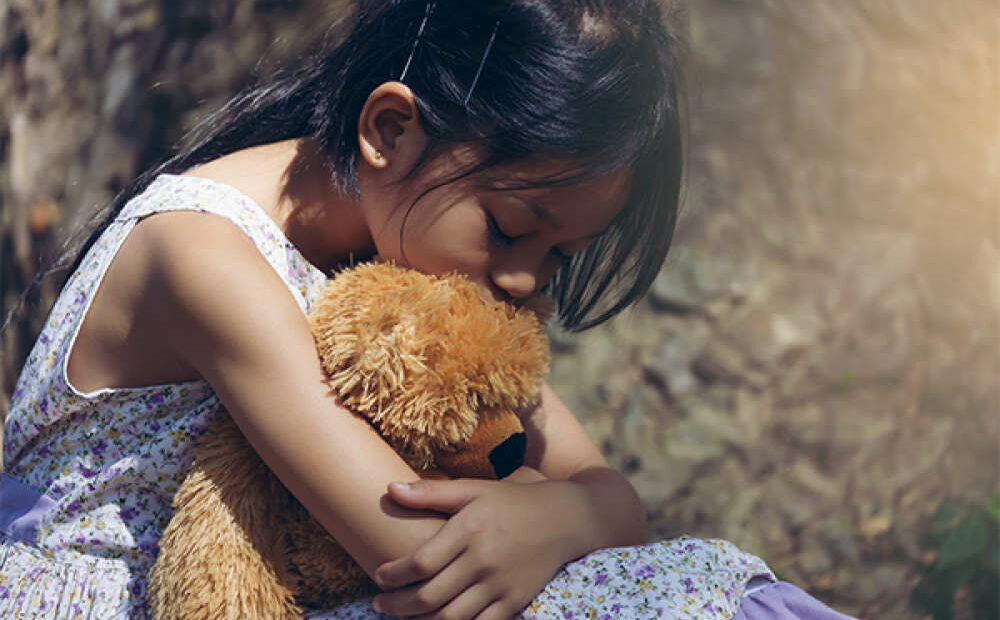Helping Children with PTSD Express Their Emotions

Children who have experienced traumatic events often develop post-traumatic stress disorder (PTSD), a condition that can have a significant impact on their emotional well-being. One crucial aspect of helping children with PTSD is enabling them to express their emotions in a healthy and constructive manner. In this blog post, we will explore strategies and techniques that can assist parents, caregivers, and educators in supporting children with PTSD to effectively express their emotions.
- Create a Safe and Supportive Environment: The first step in helping children with PTSD is to establish a safe and supportive environment. Ensure that the child feels comfortable and secure, both physically and emotionally. Offer reassurance, understanding, and patience, and let them know that it’s okay to express their feelings.
- Encourage Open Communication: Encourage open communication with the child, allowing them to express their emotions freely. Active listening is key here. Provide opportunities for them to share their thoughts, fears, and concerns without judgment or interruption. Show genuine interest in what they have to say, and validate their emotions.
- Promote Artistic Expression: Art therapy can be a powerful tool for children with PTSD to express their emotions. Encourage them to engage in artistic activities such as drawing, painting, or sculpting. Art provides a nonverbal outlet for self-expression and can help children process and communicate complex emotions that they might find difficult to express verbally.
- Utilize Play Therapy: Play therapy is an effective method for helping children with PTSD express their emotions in a natural and comfortable way. Through play, children can recreate and process traumatic experiences, express their feelings, and gain a sense of control. Provide them with a safe space and appropriate toys or materials for play therapy sessions.
- Teach Emotional Regulation Techniques: Children with PTSD may struggle with regulating their emotions. Teach them simple techniques such as deep breathing exercises, mindfulness, or guided imagery to help them manage anxiety, anger, or other intense emotions. These techniques can empower children to regain a sense of calm and control over their feelings.
- Maintain Consistency and Routine: Establishing a consistent routine can provide a sense of stability and predictability for children with PTSD. Consistency helps create a safe and structured environment that allows them to feel more secure. Regular routines also provide opportunities for children to express their emotions at predictable times, such as during scheduled check-ins or designated quiet times.
- Encourage Journaling: Journaling can be a beneficial tool for children to express their emotions privately. Provide them with a journal or notebook and encourage them to write down their thoughts, feelings, and experiences. This can serve as a personal outlet for self-reflection and emotional release.
- Seek Professional Help: If a child’s PTSD symptoms persist or significantly impair their daily functioning, it is essential to seek professional help from a qualified mental health professional. They can provide specialized interventions, such as trauma-focused therapy, to support the child’s emotional well-being and help them express and process their emotions effectively.
Helping children with PTSD express their emotions is a crucial aspect of their healing process. By creating a safe and supportive environment, encouraging open communication, utilizing art and play therapy, teaching emotional regulation techniques, maintaining consistency, and seeking professional help when necessary, we can empower these children to navigate their emotions and develop healthy coping mechanisms.
Picture Courtesy: Google/images are subject to copyright








